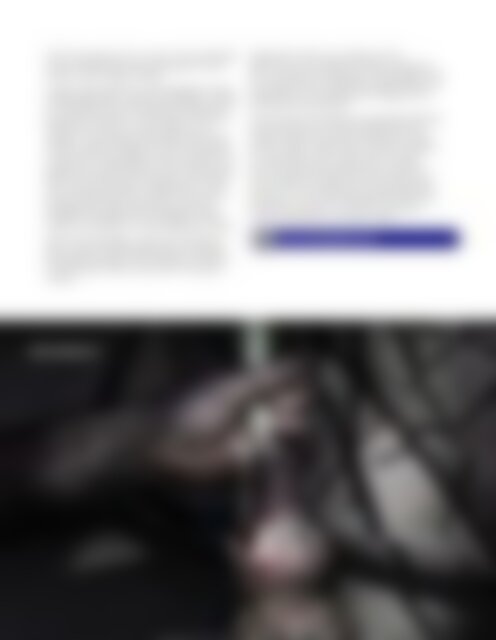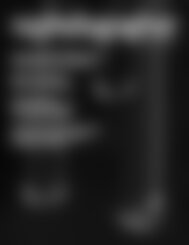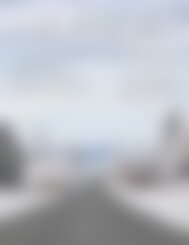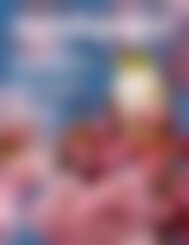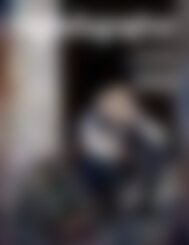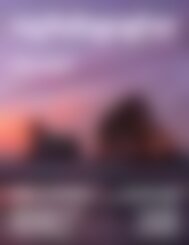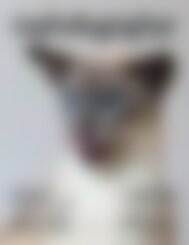NZPhotographer Issue 35, September 2020
As of December 2022, NZPhotographer magazine is only available when you purchase an annual or monthly subscription via the NZP website. Find out more: www.nzphotographer.nz
As of December 2022, NZPhotographer magazine is only available when you purchase an annual or monthly subscription via the NZP website. Find out more: www.nzphotographer.nz
You also want an ePaper? Increase the reach of your titles
YUMPU automatically turns print PDFs into web optimized ePapers that Google loves.
with the quality, but it is never to the standard<br />
of my trusted DSLR which also gives me the<br />
ability to print larger images.<br />
I import and organise my photographs within<br />
Adobe Lightroom, using the ‘Develop’ module<br />
to complete some minor global adjustments<br />
and lens corrections. I then open my file into<br />
Photoshop where I do the majority of my<br />
editing. I use multiple adjustment layers and<br />
masks to adjust the light, contrast and detail<br />
in the works. My preferred ways to extract my<br />
subjects for composites is to use The Pen Tool,<br />
Select and Mask and Channels in Photoshop.<br />
The chosen technique is dependent on the<br />
type of edge and the contrast it has with its<br />
background. After extracting a selection,<br />
I feather and lightly blur the edges to help<br />
soften the transition to the background layer.<br />
With my bird images, I also use my Wacom<br />
pen to draw fine tapered lines to resemble<br />
the delicate edges of the feathers, carefully<br />
matching the colour and tones of the pen<br />
strokes.<br />
Adjustment layers are clipped to the<br />
selections of my subjects to help control the<br />
hue, contrast and saturation of the object. This<br />
is a long process, sometimes experimental but<br />
imperative to consolidate the image into its<br />
introduced environment.<br />
The process of creating a composite develops<br />
over several days. The initial planning, the<br />
image capture and photo editing can take<br />
up to a week. I often have to leave a project<br />
to come back with a fresh view to make<br />
sure that the colour grading and contrast<br />
are consistent through my work.I admit that<br />
I am totally consumed with my photography<br />
practice. I am continually learning new ways<br />
to observe, capture, and edit my images…<br />
always looking for a pocket of light.<br />
www.traceywalker.co.nz<br />
SUSTAINABILITY<br />
<strong>September</strong> <strong>2020</strong> 9


